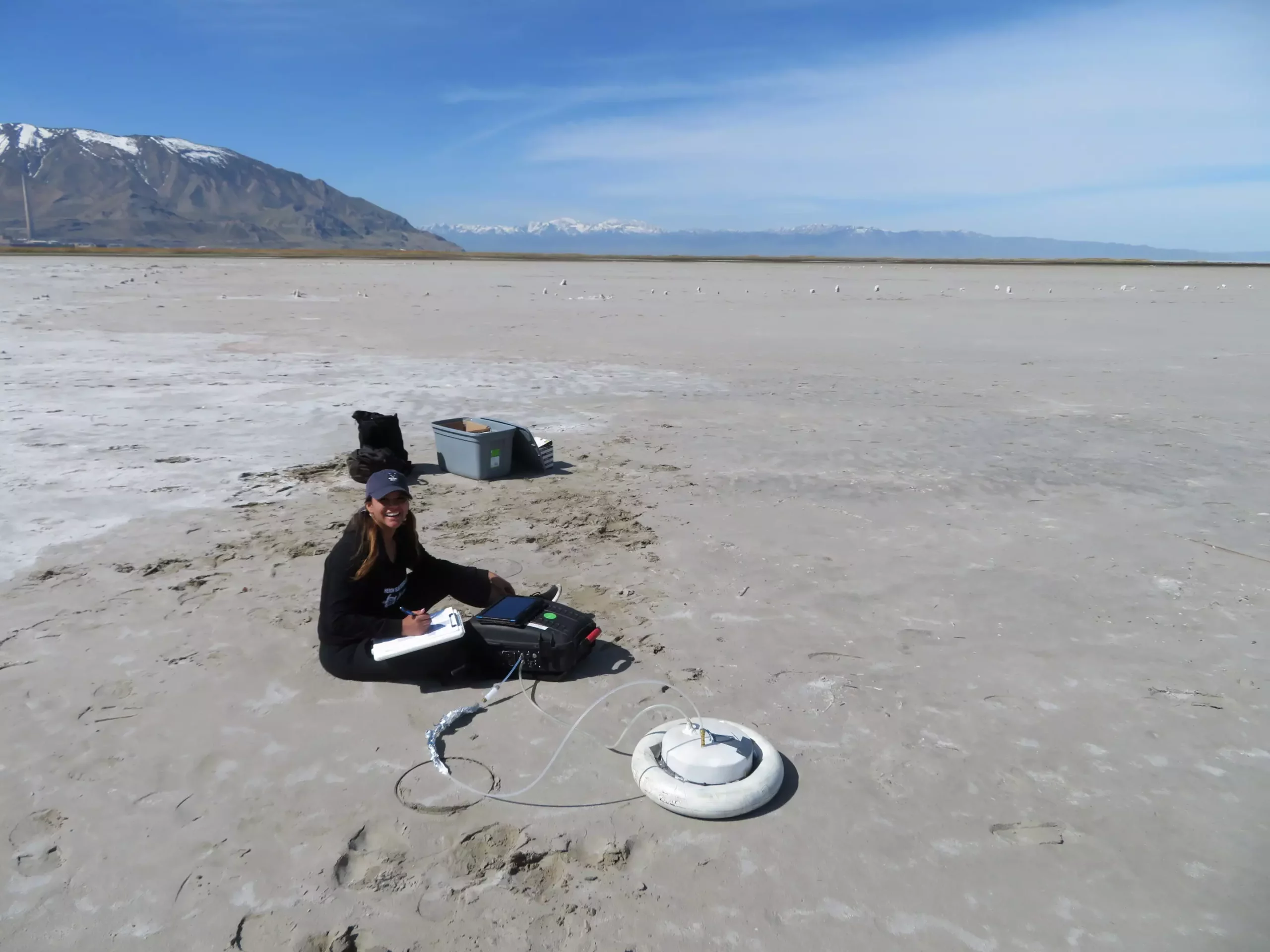In recent years, scientific studies have illuminated the myriad ways human activity influences our climate, but one of the most alarming contributors has gone largely unnoticed: the drying lake beds, specifically the Great Salt Lake in Utah. Research conducted by the Royal Ontario Museum (ROM) reveals an astonishing figure—4.1 million tons of greenhouse gases were emitted from the lake bed in 2020 alone. This groundbreaking study, documented in the journal One Earth, signals a pressing alarm that deserves our immediate attention. The task ahead is monumental; we must recognize and address this significant source of atmospheric pollution to mitigate the impacts of climate change that are already drastically reshaping our environment.
Understanding the Emissions: A Neglected Environmental Factor
The findings from the Great Salt Lake provide a sobering insight into how desiccation, particularly due to human activities, can lead to vast areas of lake bed being exposed. Soren Brothers, the lead researcher at ROM, asserts the need for urgent reassessment of how we factor in lake desiccation when considering climate change dynamics. Brothers’ insights emphasize an often-ignored correlation: when significant bodies of water dry up, they do not merely lose volume; they become a potent source of greenhouse gases that exacerbate the global warming crisis.
The relationship between water consumption—in agriculture, industry, and daily life—and the drying up of lakes represents a complex web of human behavior that is often at odds with ecological necessities. As we consume freshwater resources unsustainably, we unwittingly contribute to the creation of atmospheric conditions that can be catastrophic. The diminished water levels at Great Salt Lake are not an isolated event; similar occurrences can be traced across the globe, affecting lakes like the Aral Sea and Lake Urmia, highlighting a shared vulnerability amid a growing crisis.
The Scientific Approach: Measurement and Analysis
The research team employed meticulous techniques to quantify greenhouse gas emissions directly from the Great Salt Lake’s exposed sediments. From April to November 2020, they utilized cutting-edge portable greenhouse gas analyzers, allowing them to consistently measure the concentrations of carbon dioxide and methane at multiple sites across the lake. This careful methodology paints a detailed picture of how much these emissions have risen as a consequence of human-induced environmental changes.
Strikingly, methane—a gas significantly more powerful than carbon dioxide in terms of its greenhouse impact—has been identified as a considerable contributor to the overall emissions recorded. Developing a measure known as “carbon dioxide equivalents” enabled the researchers to assess the combined effects of these gases, driving the point home about the urgent need for holistic strategies addressing greenhouse gas emissions from lakes. Compounding this issue, warmer temperatures further amplify emissions from these drying areas, forming an alarming feedback loop that demands urgent remediation efforts.
A Glimpse of the Future: Addressing Anthropogenic Effects
The link between human activity and climate change has grown increasingly evident, and the findings from the Great Salt Lake serve only to reinforce this truth. As climate conditions worsen, the shifting water levels in lakes across the globe not only threaten biodiversity and ecological stability but also rekindle the prospect of unforeseen climate feedback—it is widely suspected that as more lakes dry up, they will emit increasing levels of greenhouse gases, exacerbating an already dire situation.
The research suggests that, unlike historically, the lake bed of the Great Salt Lake is now a significant source of atmospheric carbon emissions. This critical reevaluation compels us to rethink our approaches to climate policies and watershed management effectively. If we are to make strides toward combating climate change, we can no longer overlook the impact of drying lake beds—these areas must be prioritized in our strategies.
This is a Call to Action
Ultimately, the situation calls not just for scrutiny but action. Policymakers, environmental advocates, and the populace must rally together to highlights freshwater conservation, advocating for sustainable practices that can slow the trajectory of our climate crisis. As we navigate one of the greatest challenges of our time, the insights from the Royal Ontario Museum’s research serve as a clarion call. It urges us to examine our relationship with water and the reflective impacts our consumption has on climate stability.
Greenhouse gas emissions from drying lake beds are not merely another box to check in the climate change discourse; they present a new frontier—one that must be understood, addressed, and integrated into any future plans for environmental policy and conservation. Our approach moving forward must be informed, innovative, and proactive if we are to steer our planet away from the brink of an even greater environmental catastrophe.

